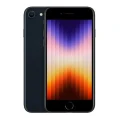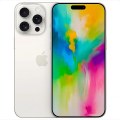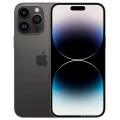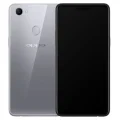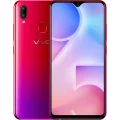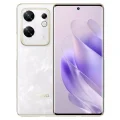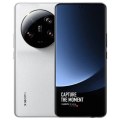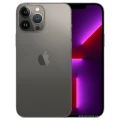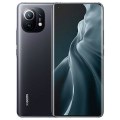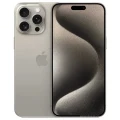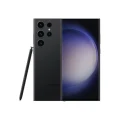- Awesome page
- Latest Mobile
- Smartphones
- Apple iPhone 14
Apple iPhone 14
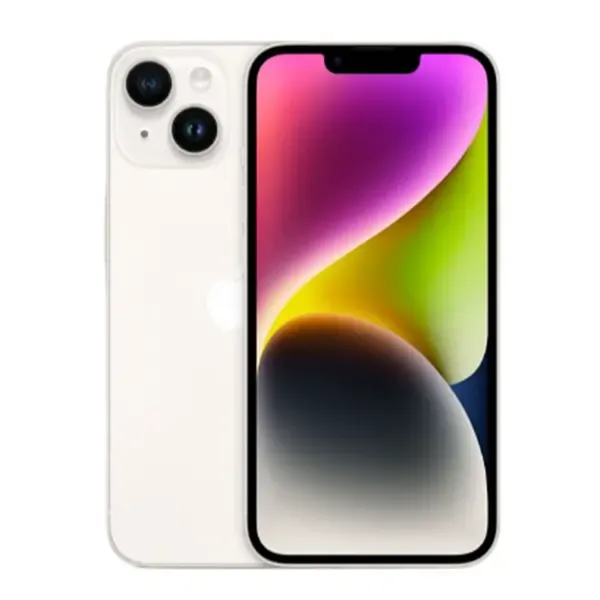


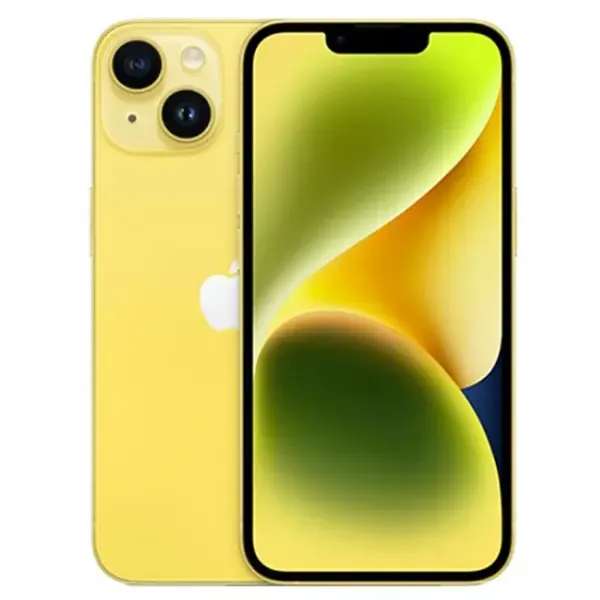
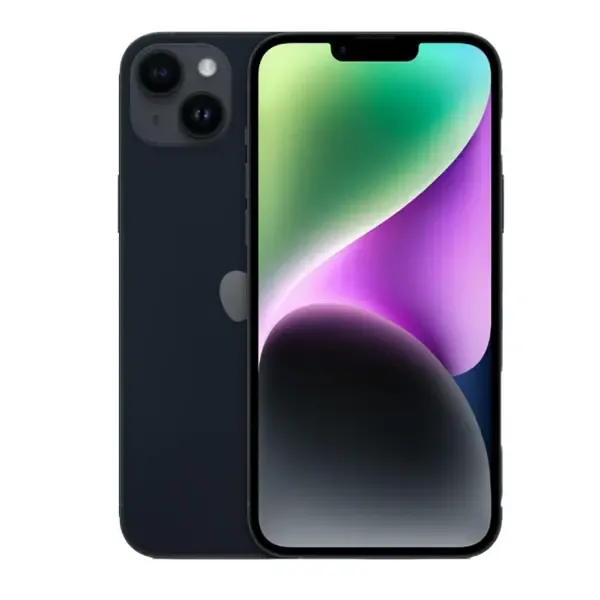
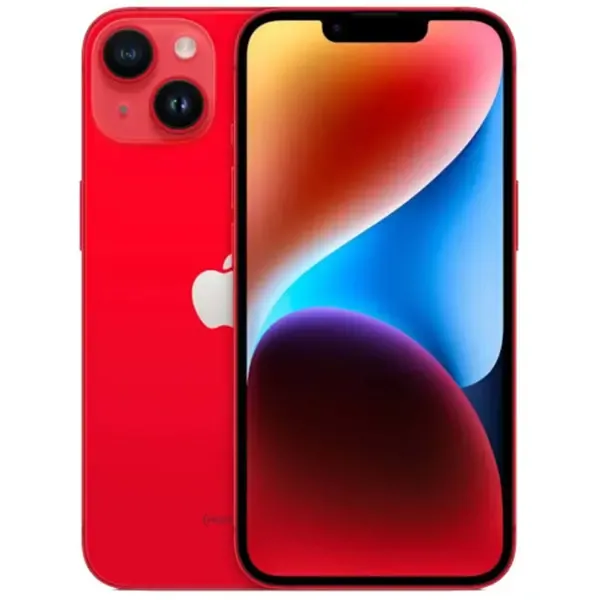
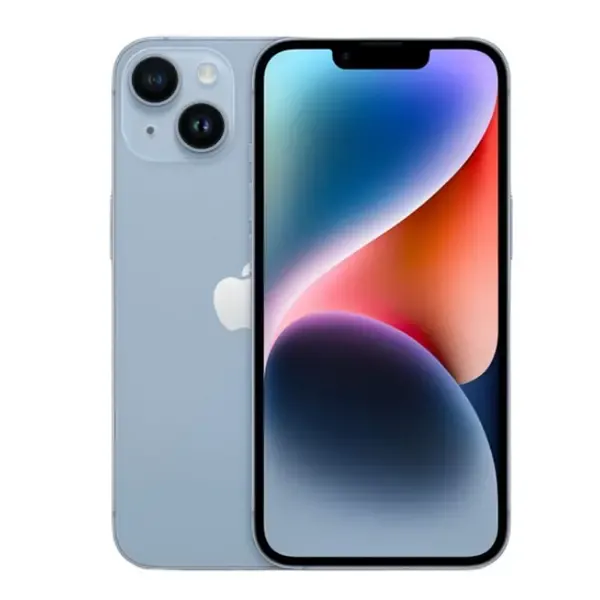
Apple iPhone 14 Price in Bangladesh
The Apple iPhone 14 is priced at BDT 109,999 in Bangladesh. It is available in three variants: 128GB/6GB, 256GB/6GB, and 512GB/6GB RAM/ROM. The device features a 3279mAh battery with super-fast charging, runs on iOS 15, and is powered by the Apple A16 Bionic chipset.
Specifications
General
| Model | Apple iPhone 14 |
| Announced | 07-10-2022 |
| Released | 16-10-2022 |
| Status | Available |
| Official price | 128GB 109999 / 256GB ৳165299 |
| Unofficial price | 128GB 92000 / 256GB ৳102000 |
Design
| Dimensions | 146.7 x 71.5 x 7.7 mm (5.78 x 2.81 x 0.30 in) |
| Weight | 172 g (6.07 oz) |
| Colors |
Midnight, Purple, Starlight, Blue, Red |
Network
| Technology | GSM / CDMA / HSPA / EVDO / LTE / 5G |
| 2G Network |
GSM 850 / 900 / 1800 / 1900 - SIM 1 & SIM 2 (dual-SIM) CDMA 800 / 1900 |
| 3G Network |
HSDPA 850 / 900 / 1700(AWS) / 1900 / 2100 CDMA2000 1xEV-DO |
| 4G Network |
1, 2, 3, 4, 5, 7, 8, 12, 13, 17, 18, 19, 20, 25, 26, 28, 30, 32, 34, 38, 39, 40, 41, 42, 46, 48, 66 - A2633, A2634, A2635 1, 2, 3, 4, 5, 7, 8, 11, 12, 13, 14, 17, 18, 19, 20, 21, 25, 26, 28, 29, 30, 32, 34, 38, 39, 40, 41, 42, 46, 48, 66, 71 - A2482, A2631 |
| 5G Network |
1, 2, 3, 5, 7, 8, 12, 20, 25, 28, 29, 30, 38, 40, 41, 48, 66, 71, 77, 78, 79 Sub6/mmWave - A2633 1, 2, 3, 5, 7, 8, 12, 20, 25, 28, 29, 30, 38, 40, 41, 48, 66, 71, 77, 78, 79, 258, 260, 261 SA/NSA/Sub6/mmWave - A2482 1, 2, 3, 5, 7, 8, 12, 20, 25, 28, 29, 30, 38, 40, 41, 48, 66, 71, 77, 78, 79 SA/NSA/Sub6 - A2631 1, 2, 3, 5, 7, 8, 12, 20, 25, 28, 30, 38, 40, 41, 48, 66, 77, 78, 79 SA/NSA/Sub6 - A2634, A2635 |
| GPRS <strong>GPRS</strong> (General Packet Radio Service) is a packet oriented mobile data service on the 2G and 3G cellular communication system's global system for mobile communications (GSM), Generally, GPRS is used for the purpose of wireless data transfer, such as sharing pictures and videos or browsing the Internet via a mobile phone connection. | |
| EDGE <strong>EDGE</strong> (Enhanced Data GSM Environment) is a wireless network technology generally considered the next step in the 2G network offers data transfer rates up to four times faster than ordinary GSM networks, Generally, EDGE is used for the purpose of wireless data transfer, such as sharing pictures and videos or browsing the Internet via a mobile phone connection. | |
| Speed | HSPA 42.2/5.76 Mbps, LTE-A, 5G, EV-DO Rev.A 3.1 Mbps |
Display
| Display Type <strong>Display Technology => </strong> A number of display technologies and types used in mobile phones => TFT (Thin Film Transistor), IPS (In-Place Switching), OLED (Organic Light Emitting Diode), AMOLED (Active-Matrix Organic Light-Emitting Diode), Super AMOLED (an even advanced version of AMOLED), Resistive Touchscreen (Resistive touchscreens contain two layer of conductive material with a very small gap between them which acts as a resistance), Capacitive Touchsceen (Capacitive touchscreen technology consists of a layer of glass coated with a transparent conductor) | Super Retina XDR OLED capacitive touchscreen |
| Size | 6.1 inches, 90.2 cm2 (~86.0% screen-to-body ratio) |
| Resolution | 1170 x 2532 pixels, 19.5:9 ratio (~460 ppi density) |
| Features |
HDR10, Dolby Vision, 800 nits (HBM), 1200 nits (peak) |
Camera
Main camera
| Camera Setup | Dual |
| Primary <strong>Camera</strong> is able to capture photographs and usually videos, The most important characteristics of a camera are the resolution (measured in megapixels), lens focus type (fixed or automatic), higher megapixel cameras are known to capture higher quality photos, but not always a good measurement of the photos quality. |
12 MP, f/1.6, 26mm (wide), 1.7µm, dual pixel PDAF, sensor-shift OIS 12 MP, f/1.8, 13mm, 120˚ (ultrawide) |
| Features |
Dual-LED dual-tone flash, HDR (photo/panorama) |
| Video | 4K@24/30/60fps, 1080p@30/60/120/240fps, HDR, Dolby Vision HDR (up to XXfps), stereo sound rec. |
Selfie camera
| Camera Setup | Single |
| Primary <strong>Camera</strong> is able to capture photographs and usually videos, The most important characteristics of a camera are the resolution (measured in megapixels), lens focus type (fixed or automatic), higher megapixel cameras are known to capture higher quality photos, but not always a good measurement of the photos quality. |
12 MP, f/2.2, 23mm (wide), 1/3.6&quot; SL 3D, (depth/biometrics sensor) |
| Features |
HDR |
| Video | 4K@24/25/30/60fps, 1080p@30/60/120fps, gyro-EIS |
Hardware
| Chipset <strong>Chipset</strong> is a group of integrated circuits designed to perform one or a more dedicated functions, often with real time computing constraints, Popular smartphones are equipped with more advanced embedded chipsets that can do many different tasks depending on their programming. | Apple A15 Bionic (5 nm) |
| CPU <strong>CPU</strong> (Central Processing Unit) mostly known as processors, CPU processes instructions in order to carry out certain functions that make your device operate properly. Processors are often described as the brain of computers, smartphones and tablets, Smartphones and tablets rely on processors to carry out their every task, Processors are an incredibly important factor in selecting any type of computing device, including your smartphone. | Hexa-core (2x3.23 GHz Avalanche + 4x1.82 GHz Blizzard) |
| GPU <strong>GPU</strong> (Graphics Processing Unit) is a single-chip processor designed to rapidly manipulate and alter memory to accelerate the creation of images in a frame buffer intended for output to a display, This includes things such as lighting effects, object transformations, and 3D motion. | Apple GPU (5-core graphics) |
| RAM (Memory) <strong>RAM</strong> (Random Access Memory) is a type of computer memory that can be accessed randomly, any byte of memory can be accessed without touching the preceding bytes that allows information to be stored and accessed quickly from random locations. RAM is the most common type of memory found in computer systems, smartphones, tablets and other electronic devices. | 6 GB |
| Internal Storage <strong>Internal Storage</strong> is a data storage space (flash memory) mostly used in smartphones, tablets and other electronic devices where operating system, apps, music, photos, videos, files and other user data Is stored. | 128/256/512 GB |
| Sensors <strong>Sensors</strong> are electronic components that detects and responds to some type of input from the physical environment. The specific input could be light, heat, motion, moisture, pressure and location, The output is generally a signal that is converted to use in computing systems, a location sensor, such as a GPS receiver is able to detect current location of your electronic device. |
Face ID, accelerometer, gyro, proximity, compass, barometer Ultra Wideband (UWB) support Emergency SOS via satellite (SMS sending/receiving) |
Connectivity
| Bluetooth <strong>Bluetooth</strong> is a wireless communications technology for exchanging data between mobile phones, headsets, computers and other network devices over short distances without wires, Bluetooth technology was primarily designed to support simple wireless networking of personal consumer devices. | 5.3, A2DP, LE |
| Infrared <strong>Infrared</strong> connectivity is an old wireless technology used to connect two electronic devices. It uses a beam of infrared light to transmit information and so requires direct line of sight and operates only at close range. | |
| USB | Lightning, USB 2.0 |
| GPS <strong>GPS</strong> The Global Positioning System is a satellite-based radio navigation system, GPS permits users to determine their position, velocity and the time 24 hours a day, in all weather, anywhere in the world, In order to locate your position, your device or GPS receiver must have a clear view of the sky. | Yes, with A-GPS, GLONASS, GALILEO, BDS, QZSS |
| NFC <strong>NFC</strong> (Near field communication) is a set of standards for smartphones and similar devices to establish peer-to-peer radio communications with each other by touching them together or bringing them into proximity, usually no more than a few inches. |
Battery
| Battery Type <strong>Battery Type => </strong> Cell phones run on various kinds of batteries depending on the manufacturer, phone size or shape and features. There are basically four types of cell phone batteries => Lithium Polymer, Lithium Ion, Nickel Metal Hydride and Nickel Cadmium. | Non-Removable Li-Po |
| Capacity <strong>Battery Capacity</strong> is a measure (typically in Amp-hr) of the charge stored by the battery, and is determined by the mass of active material contained in the battery. The battery capacity represents the maximum amount of energy that can be extracted from the battery under certain conditions. | 3279 mAh |
| Charging Charging | Fast charging, 50% in 30 min (advertised) USB Power Delivery 2.0 MagSafe wireless charging 15W Qi magnetic fast wireless charging 7.5W |
Apple iPhone 14 Review: A Leap Forward in Innovation
The smartphone market is brimming with options, but Apple has always managed to stand out with its dedication to innovation and quality. The Apple iPhone 14 is the latest addition to this legacy, building on the strengths of its predecessor while offering significant upgrades. Whether you’re a tech enthusiast, a devoted Apple fan, or just someone seeking a smartphone upgrade, the iPhone 14 promises an experience worth your consideration.
But does it live up to the hype? This review covers everything you need to know—from design and performance to camera capabilities and user experience—to help you decide if the iPhone 14 is truly the best choice for you.
Design and Display
Apple is renowned for its sleek designs, and the iPhone 14 follows suit. The phone retains the iconic flat-edged design that Apple reintroduced with the iPhone 12 series, a style that has since become a hallmark of modern iPhones. It is available in five gorgeous colors, including Midnight, Starlight, Blue, Purple, and the classic Product(RED), giving users a variety of aesthetic choices.
Screen Size and Resolution
The iPhone 14 boasts a 6.1-inch Super Retina XDR display. With a resolution of 1170 x 2532 pixels and HDR support, it delivers vibrant colors, deep blacks, and impressive clarity. Whether you’re binge-watching your favorite series or scrolling through social media, the display ensures an immersive viewing experience.
New Features
One of the most talked-about upgrades is the Ceramic Shield glass, which provides additional durability. The device is also rated IP68 for water and dust resistance, offering peace of mind for those accidental spills or drops.
While the design doesn’t deviate dramatically from that of the iPhone 13, Apple demonstrates that subtle refinements can go a long way in maintaining a premium feel.
Performance
Performance has always been Apple’s strong suit, and the iPhone 14 is no exception. Powered by the A16 Bionic chip, this device sets a new benchmark for speed and efficiency in the smartphone industry.
Processing Power
The A16 Bionic chip delivers unparalleled performance, making the iPhone 14 one of the fastest phones on the market. From multitasking to playing high-end games, this phone handles it all effortlessly. Apps open almost instantaneously, and there’s no noticeable lag, even with resource-intensive applications.
Battery Life
Despite its powerful internals, the iPhone 14 manages to deliver top-tier battery life. The 3279mAh battery can comfortably last a full day of moderate to heavy use, and when it’s time to charge, the super-fast charging feature ensures minimal downtime.
Overall, the iPhone 14 offers a seamless and powerful performance that remains unmatched in its class.
Camera Capabilities
Apple has made significant strides in its camera technology, and the iPhone 14 is proof of that. It comes equipped with a dual-camera system, featuring a 12MP main sensor and a 12MP ultrawide lens.
Improvements and Features
The main sensor now captures more light, which greatly enhances low-light photography. Night mode has also been improved, producing brighter and more detailed images than its predecessor. For video enthusiasts, the new Action Mode ensures stable shots even during movement, making it perfect for vloggers and content creators.
Sample Shots
With the iPhone 14, even casual photographers can capture professional-grade photos. From stunning landscapes to detailed close-ups, the camera excels in every scenario, and portrait shots look especially refined with improved edge detection.
If capturing memories is a priority for you, the iPhone 14 should be at the top of your list.
User Experience
The iPhone 14 continues Apple’s tradition of prioritizing user experience. The device runs on iOS 15 (upgradeable to iOS 16), ensuring a smooth and intuitive interface.
Unique Features
- Emergency SOS via Satellite: A standout feature in the iPhone 14, this allows users to send emergency messages even without cellular or Wi-Fi connectivity. If you love outdoor adventures, this feature could be a lifesaver.
- Widgets and Focus Modes: These allow for enhanced home screen customization and productivity.
- Seamless Integration with the Apple Ecosystem: For those already entrenched in the Apple ecosystem, the iPhone 14 works like a charm with other devices like the iPad, Apple Watch, and MacBook.
From the buttery-smooth animations to the intuitive user interface, the iPhone 14 maximizes convenience and ease of use.
Comparison with the Competition
How does the iPhone 14 stack up against its predecessor, the iPhone 13, and other flagship smartphones like the Samsung Galaxy S22? Here’s a quick comparison:
iPhone 14 vs. iPhone 13
- Performance: The A16 chip delivers a noticeable performance boost compared to the A15 in the iPhone 13.
- Camera: Low-light photography and video stabilization have improved significantly.
- Design: While similar, the iPhone 14’s Ceramic Shield adds extra durability.
iPhone 14 vs. Samsung Galaxy S22
- Display: The Galaxy S22 features a slightly more vibrant AMOLED display, while the iPhone 14 thrives in durability and color accuracy.
- Performance: The A16 Bionic chip outperforms the Snapdragon 8 Gen 1 in the Galaxy S22.
- Camera: Both phones excel, but Apple’s video capabilities give it an edge for creators.
While competitors have their strengths, the iPhone 14 provides a balanced package that caters to a wide audience.
Is the iPhone 14 Worth It?
After evaluating its design, performance, camera capabilities, and user experience, it’s clear that the iPhone 14 is a strong contender in the smartphone market. Priced at BDT 109,999 in Bangladesh, the device offers excellent value for those who want cutting-edge technology in a refined package. Whether you’re an avid Apple user or new to the brand, the iPhone 14 is a worthy investment.
What do you think of the iPhone 14? Share your thoughts, questions, or experiences in the comments below. We’d love to hear from you!
